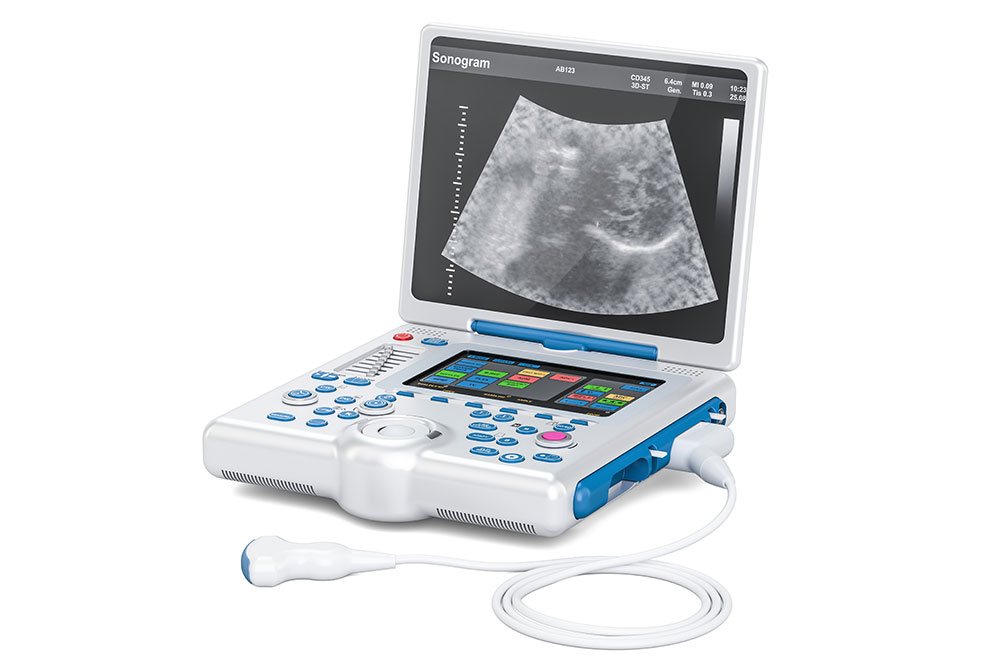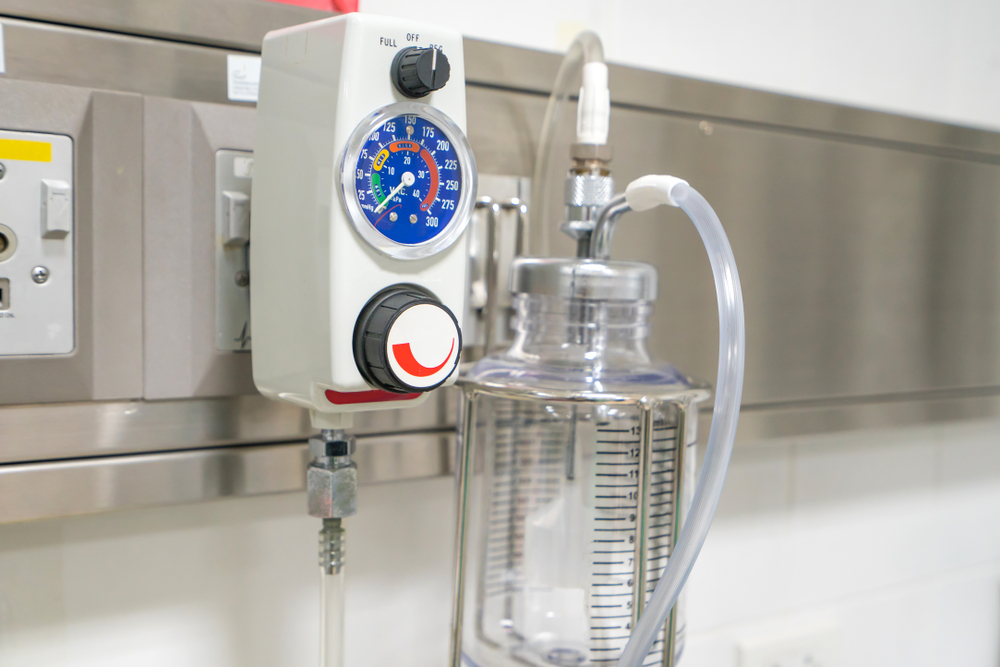The Benefits of Portable Ultrasound Technology in Modern Healthcare
Portable ultrasound devices have revolutionized medical diagnostics by providing rapid, accurate, and cost-effective imaging at the point of care. Their compact design enhances patient engagement, improves accessibility in various healthcare settings, and accelerates diagnosis, especially in emergency situations. These advancements support better patient outcomes and streamline healthcare delivery. This comprehensive overview highlights the game-changing impact of portable ultrasound technology in modern medicine.

Benefits of Portable Ultrasound Devices in Healthcare
Ultrasound technology has become a cornerstone in medical diagnostics because of its non-invasive nature, safety, and capability to provide real-time, detailed images of internal body structures. While traditionally associated with obstetrics for fetal monitoring, ultrasound devices have evolved significantly over the decades. Today, they are essential tools for diagnosing a wide range of medical conditions, including gallbladder issues, cardiac problems, tumors, and various soft tissue abnormalities. This evolution stems from advancements in miniaturization and digital technology, transforming bulky, stationary systems into sleek, portable units that can be used in diverse medical environments. These innovations not only enhance diagnostic capabilities but also improve patient outcomes by offering rapid, accurate assessments at the point of care. In this article, we explore the various advantages of compact ultrasound devices and how they are reshaping healthcare delivery.
Rapid and Accurate Diagnostic Capabilities
One of the most significant benefits of portable ultrasound machines is their ability to provide prompt, accurate diagnostic information without the delays associated with traditional systems. In the past, patients requiring imaging studies had to be transported to specialized hospital facilities equipped with fixed ultrasound machines. This process often led to unnecessary delays in diagnosis, which could compromise patient health and prolong discomfort. Moreover, transferring critically ill or mobility-impaired patients posed additional risks and logistical challenges.With the advent of portable ultrasound technology, healthcare providers can perform immediate assessments right at the patient’s bedside, whether in emergency rooms, ambulances, clinics, or remote settings. This rapid access to imaging supports quicker decision-making, enabling clinicians to initiate appropriate treatments without delay. Emergency situations benefit immensely from this capability, as swift diagnoses can be life-saving. For example, detecting internal bleeding, cardiac abnormalities, or gallstones in real-time allows for immediate intervention, potentially reducing complications and improving recovery rates. Modern portable devices utilize sophisticated imaging algorithms and high-resolution sensors, ensuring that the diagnostic quality rivals that of traditional, larger systems.
Enhanced Patient Engagement and Comfort
Another important advantage of portable ultrasound devices is their ability to foster greater patient involvement in healthcare. When scans are performed bedside or in non-traditional settings, patients gain a clearer understanding of their health conditions through visual insights into their own bodies. Many modern handheld ultrasound devices incorporate screens that display images in real time, allowing patients to see and comprehend their internal anatomy and the findings. This transparency promotes trust, reassurance, and active participation in treatment plans.Additionally, conducting ultrasounds at the point of care minimizes patient inconvenience and discomfort associated with transportation and long waiting times. It also reduces the emotional stress often experienced during hospital visits, as patients remain in familiar or comfortable environments. Active engagement through visual feedback enhances compliance with treatment protocols and can improve overall health literacy.
Cost-Effectiveness and Accessibility
Traditional ultrasound systems are notable investments for medical facilities, often ranging from $20,000 to $200,000 depending on their capabilities and features. These systems are typically confined to specialized clinics or hospitals due to their size, cost, and operational requirements, which can limit access to timely diagnostics—particularly in underserved or rural areas.In contrast, portable ultrasound devices are significantly more affordable, with prices approximately half or less compared to their traditional counterparts. The cost reduction is driven by advances in manufacturing, miniaturization, and digital technology. Portable ultrasound units are engineered to be lightweight, easy to carry, and user-friendly, often requiring minimal technical expertise to operate. This affordability and ease of use make ultrasound imaging more accessible across various healthcare settings, including primary care clinics, rural health centers, ambulatory services, and emergency response units.
Furthermore, portable ultrasounds are versatile, providing high-resolution imaging that often surpasses traditional systems’ performance in specific applications. They support a broad range of functionalities, such as Doppler imaging, wireless connectivity, and integration with electronic health records (EHR), enabling seamless workflow and efficient patient management. As a result, portable ultrasound technology drives down healthcare costs, broadens access to diagnostic imaging, and enhances the overall quality of medical care.





